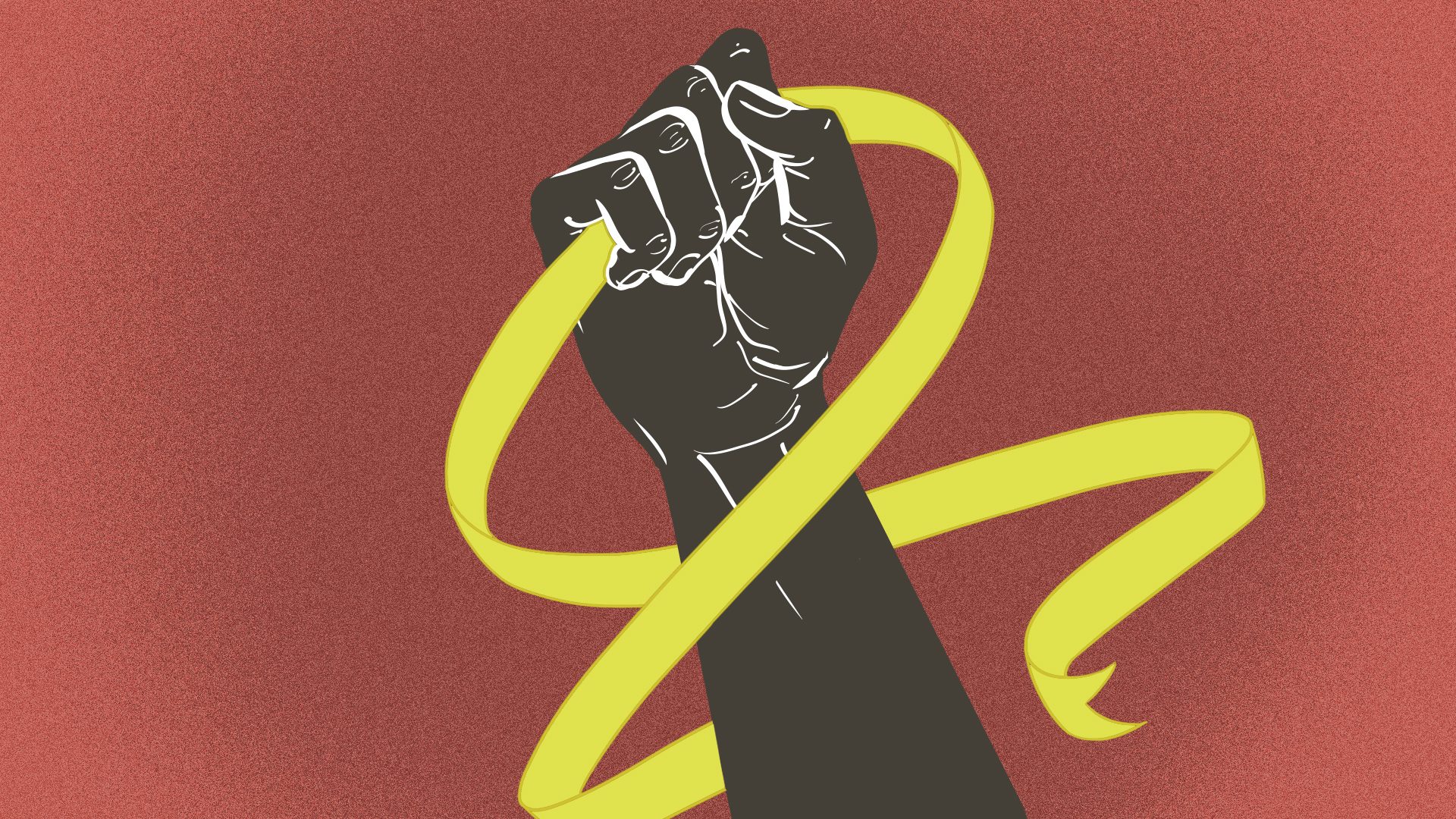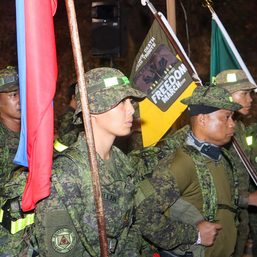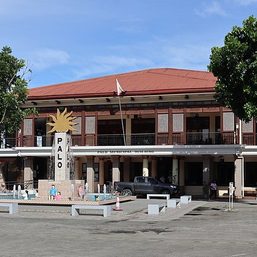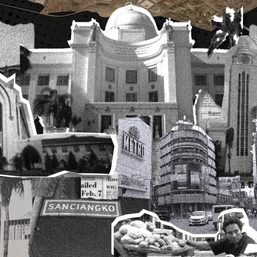SUMMARY
This is AI generated summarization, which may have errors. For context, always refer to the full article.

Decades after ousting a dictatorship, civil resistance and street protests continue to occur against regime violence and systematic oppression in the Philippines.
Cebuano writer Emmanuel Mongaya spent a sum of his life sharing his experience of the EDSA Revolution, from chronicling events in a blog to shedding light on the cruelty of the Marcos’ regime in history books.
While Mongaya often writes for local daily Superbalita and business weekly Cebu Business Week, he still continues the fight as a former student activist on paper.
In his earlier years, Emmanuel was involved in many militant groups. He spent his time in University of San Carlos-Talamban Campus from 1979 to 1980 planning protest activities with fellow student leaders.
Among many activities, he helped organize the dawn Jogging for Freedom a month after the Ninoy assassination, the reenactment of the Ninoy assassination, and the Danao-Cebu City long march in 1984.
“From 1981 to 1985 in Cebu, I joined the Nagkahiusang Sugbo Alang sa Demokrasya (NASUD), the Cebu Against People’s Persecution (CAPP), and Bagong Alyansang Makabayan (BAYAN),” he said.
Having experienced being blasted by water from a firetruck and chased by anti-riot policemen, he understood the fear and weight of being an activist during the Martial Law era.
On July 11, 1985, Fr. Rudy Romano, whose devoted activism became well known in Cebu, was abducted by the military. Prior to this, Emmanuel had worked with Fr. Romano in many protests and activities.
Fearing that Emmanuel may be next on the military’s abduction list, his father, Doroy Mongaya, brought him to Quezon City to stay with his aunt and uncle in October 1985.
At this time, Emmanuel enrolled for his second semester studying Political Science at the San Sebastian College – Recoletos in Quiapo, Manila. It wasn’t long until he joined student-led activities and rallies.
Of course, his most unforgettable moments as a student activist were yet to unveil until February 23, 1986 – a day most Filipinos will never forget.
Emmanuel recollects the events that transpired during that day.
“Our student group represented SSC-R at one big post-snap election rally at Luneta with Cory Aquino. We were supposed to meet at the campus at 10 am on February 23, 1986,” he said.
He recalls having only known the events at EDSA after their group’s meeting in Sta. Mesa the evening prior.
“Only two of us met that morning as tension at Mendiola intensified. I watched the crowd dismantling the barbed wire barricades when we had to run and hide after shots rang out,” he added.
Unable to recognize familiar faces in Mendiola, he and his colleague decided to go to EDSA. Upon reaching the corner in Aurora, Cubao, Emmanuel saw the whole place filled with people all the way to Camp Crame.
“It looked like a sea of people mostly clad in yellow, flashing the Laban hand sign, streamers, and various banners,” he added.
Emmanuel remembers seeing student leaders and activists from UP Diliman being led by then-student council chair Kiko Pangilinan moving towards the two camps. He showed them the more militant clenched fist salute while moving closer to Camp Crame.
At dawn the next day, the loud sound of Radio Veritas woke the Mongaya household with coverage of tension at Camp Crame.
“I waited for Tiyo Jun to go out of the house before I could return to Edsa where I just walked with people, chanting, and raising the clenched fist,” he said.
Needless to say, these were scary times for activists like Emmanuel considering the violence that had been documented in multiple historical accounts and journals.
For Emmanuel, the martial law and dictatorship years were never golden.
He said that as a child, he would long for the comfortable years before the declaration in 1972.
When dictator Ferdinand Marcos closed media establishments during Martial Law, his father – who was also a journalist – lost his job as an editor in an outlet that closed when martial law was declared in 1972.
According to him, his father lost another job during the martial law regime while working at Cebu Daily Times as editor-in-chief. Emmanuel mentioned the Cebu Daily Times later shut down after another outlet that was funded by “crony capital” emerged in 1982.
“It was ironic though. After EDSA, I soon found myself in the [media outlet] for nearly two decades,” he joked.
Today, Emmanuel believes that the system he had hoped for to be better had evolved into something “grotesque.”
“Of course, the basic changes I hoped did not happen… Unfortunately, the return of traditional politics soon swallowed the kind of new politics I hoped would grow strong,” he regretted.
Despite this, he plans to continue fighting by writing history pieces to remind people about those years of oppression and silencing dissent.
One can even read his unfinished account of the 4-day strike in October 1984.
“Through the decades, the system evolved into something so grotesque we find today. However, EDSA 1 continues to inspire,” he said.
“The Filipino people can unite, muster enough courage, and oust a dictatorship.” – Rappler.com
Add a comment
How does this make you feel?





There are no comments yet. Add your comment to start the conversation.